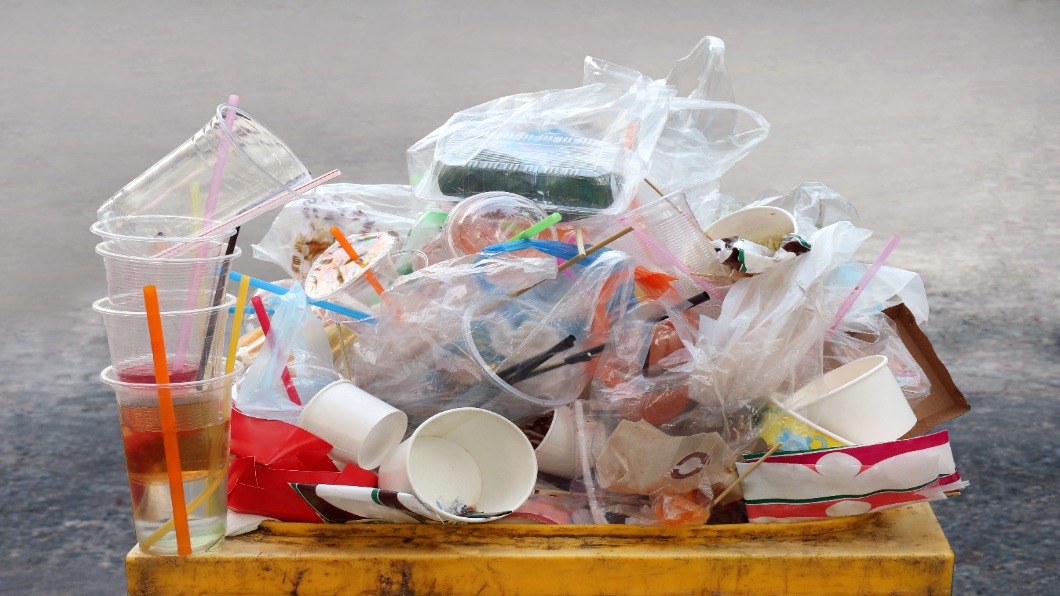
After Japan’s first Mr. Yoshihide took office, he announced that he would achieve zero carbon emissions by 2025, which accelerated the development and application of green energy by enterprises. The chemical plant in Kawasaki City, Kanagawa Prefecture uses gasification to decompose waste plastics and glue to produce low-carbon hydrogen; and cooperates with the restaurant to display the Fan Bing Energy Farm, which provides LED lights with air pressure to create a ruins energy water plantation. Fukushima County has transformed from a nuclear disaster county to a green energy county. The world’s largest air-conditioning manufacturing plant has been set up, and the electricity generated by solar power is used to completely form the hydrolysis of the air and continue, reaching the goal of generating electricity with green energy. become like this──
Japanese news reporter: “Crisp and fresh, very delicious.” The green lettuce comes from the lobby of the hotel. Located in Kawasaki City, Kanagawa Prefecture, this restaurant started trial operation of a plant factory in November, using LED lights to hydroponic vegetables. Although this kind of indoor farm is not uncommon, what is special is the power source of the lights──Japanese journalist: “The power source of LED lights is these plastic wastes.” The waste plastic can be used to make clothes, shoes, bags… .Yes, it can also be used to generate electricity! Kawasaki City, as the center of heavy industry in Japan in the past, was a notorious “pollution city”; now Kawasaki City is transformed, and the old local chemical factory has developed plastic manufacturing technology. After the synthetic gas of oxygen and secondary carbon dioxide is oxidized separately, the formation of secondary carbon dioxide can be reduced during the process, which is also called “low-carbon hydrogen”. The produced hydrogen is self-sold at the production site, providing 30% of the needs of local restaurants, becoming the world’s first “Happy Hotel”. Saori Jingu, a hotelier: “The hotel industry is called a ‘luxury’ industry.” Food washing and garbage disposal are issues in the hotel industry. Through the connection between the lettuce we usually eat and the protection of the environment, we hope that during the check-in process , so that guests can feel this green hotel.”
Fast food restaurants, which also produce a large amount of plastic waste, have also mainly become environmental protection vanguards. The fast food restaurant in Kawasaki City sends the recycled plastics to chemical factories as raw materials for products. Apart from power fuel cell vehicles, it is also sent to Japanese energy technology development machine system engineer Eiji Ohira: “If you want to make large-scale transformations to change energy habits, generally It will take 30 years.” Although the whole world is trying to implement sustainable operation, no matter how environmentally friendly green energy is, secondary carbon dioxide will still be produced in the process. Taking the climate as an example, electricity is needed to complete the hydrolysis procedure, and the source of electricity still relies on traditional methods, so the climate is not considered to be an endless green energy. Advertisement narration: “FH2R──Fukushima Hydrogen Energy Research Site. This is a plan that puts the future on the climate and starts from Namie Town.” Namie Town, Fukushima Prefecture──One of the 311 nuclear explosion disaster areas, Fukushima Prefecture stood up from where it fell. When the local government combined power companies and private enterprises, it built the world’s largest hydrogen energy manufacturing plant, which is “green production green”.
Japanese news reporter: “Look here. Everything you see is solar panels. The solar energy produced will be sent to the equipment next to it and used to hydrolyze and produce air.” Fukushima’s hydrogen energy research field, known as “FH2R”, occupies an area The 18-meter roof is equipped with 68,000 solar panels to obtain sufficient solar energy and provide the electricity needed for water supply. “FH2R” can produce about 1200 cubic feet of air pressure per hour, and the maximum daily production capacity is 150 households for a month, or replace 560 constant fuel cell vehicles to supplement fuel, and more have provided energy for digital sports parks. At the same time, one of the cooperative units, “Fukushima Renewable Energy Research Institute (FREA)”, has also successfully developed a highly safe “storage alloy” that does not burn. Director of Industrial Solutions, Hitachi: “Air is different from electricity. Air can be stored in the air storage alloy. The atmosphere absorbed by the storage alloy can be used at any time and will not volatilize by itself. It is an energy source that is conducive to energy storage.” Air pressure is divided into air pressure, liquid state, and solid state in terms of transportation. Solid state is generally the safest and most stable, and is suitable for small-scale environments. The newly developed hydrogen storage alloy can absorb 1,000 times more oxygen than its own volume, and the filled storage alloy can be delivered in boxes, which greatly reduces the cause of variation during transportation. Although it seems to have accelerated the rationality of the Japanese government’s carbon neutrality, there are fundamental issues in it. Toyota Motor President Akio Toyoda: “If the national energy policy does not make major changes, it will be difficult to achieve carbon neutrality.”
President Toyota hit the nail on the head! After all, although green energy is environmentally friendly, it is still difficult to overcome the problem of high cost. The hydrogen energy society is afraid that people will not be able to afford it. Therefore, the private enterprise industry also calls for energy transformation to start with the government before it can be implemented and used by the whole people.
For a detailed report, please visit: news.tvbs.com.tw/focus/1441734?from=Copy_content
